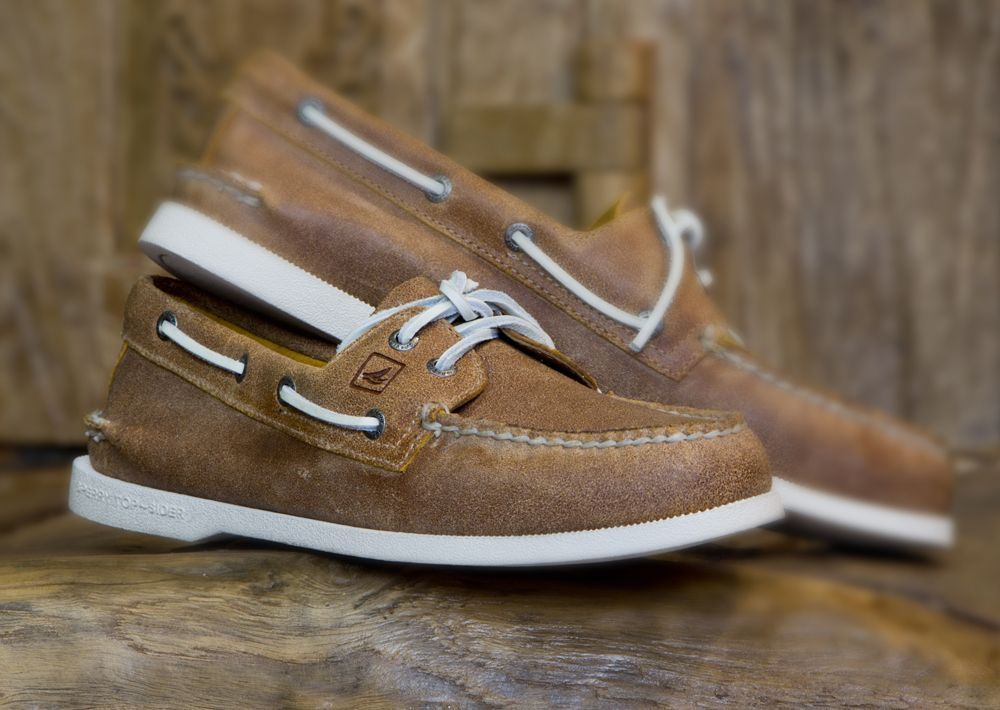How to dress on a yacht
Do you need special clothing for yachting?
The need for special clothing for yachting depends on what type of yachting (sport or cruise) you intend to do, how often, and in what weather conditions.
As a rule, you go on a sailing cruise in summer. There are the sun and a warm sea, and your main clothes will be shorts and a T-shirt or polo, swimsuit or swimming trunks. In sports yachting during the warm season, you will also take gloves, knee pads, and special long-sleeved hoodies with UV protection (SPF).
But even cruises can be unusual: for example, in the Arctic or Antarctic, or maybe you want to sail somewhere in the off-season, perhaps even try ocean crossings. Maybe you will take part in a serious offshore regatta or race in the Gulf of Finland, and we all know what kind of summer there is. So, here's a quick guide to the right outfit.

Basic outfit requirements:
Let's not discuss the outfit for the Arctic, for now; we are not experts in this matter. But if you decide to go there, you will be instructed most thoroughly. And for all other cases, the basic principle is similar to that for skiers - the principle of three layers, any of which you can take off based on the weather: thermal underwear, fleece shirt, and membrane. This principle lets you save the necessary amount of heat, provide ventilation, and not get wet. Below we will describe all three points. A critical condition, which appeared relatively recently, and someone may be surprised by it - clothing for a yacht should be synthetic. No natural fabrics. The fiber of modern synthetic materials does not absorb moisture, which means it dries quickly, which is extremely important in conditions of high humidity.
Thermal underwear
Almost any of the synthetic ones (usually polyester) is ok. The basic idea is logical - the colder it is, the denser and warmer thermal underwear you should have.
Fleece
It is better to take at least two fleece hoodies (sweaters, sweatshirts) with you - thinner and thicker. The weather in the sea can be very changeable, and you should have something to change in if one sweater gets wet. It is better if the collar covers the neck. Special yacht fleece sweaters sometimes have waterproof shoulder pads.

A membrane
A membrane is a waterproof, windproof jacket and overalls made of particular membrane fabric (the most famous and popular is the Gortex membrane). It allows moisture to pass only one way - out. Such membrane clothing is usually divided into classes corresponding to the regatta classes: coastal, offshore, and ocean. Each manufacturer has its own name for these classes, but the general meaning is the same. The price tag for such sets is high; leading manufacturers sell an ocean-class jacket for over five hundred euros. Of course, there are not very expensive models, from 50-60 euros for a coastal jacket, but perhaps these membranes will not breathe well and will not remove excess heat.
However, if you are not going to be on deck in any weather, you can use the usual waterproof windbreaker jackets from your closet. But you still need to have thermal underwear and fleece sweater because such modern synthetics are "breathable" and dry quickly even with high humidity, and this is very important.

For safety reasons, the top layer of clothing has reflectors and is often of bright colors. A jacket, even if it is of a light color, should have a bright hood, usually poisonous yellow or bright green. All this so that you can be visible in the sea in the case of a "man overboard" situation.
Gloves
The main "device" on the yacht is a rope. Ropes are used everywhere: from managing sails to fixing the boat at the pier. We need gloves to work with them. The loads on the ropes can be very serious, and if you are careless, the rope can literally escape from your hands, severely damaging the skin. You can also get painful blisters when working with ropes - this is very common. And gloves protect you from all of this. They are made from different materials for different weather conditions. If you often use gadgets, and for more convenient work with knots, the tips of the thumb and index finger are usually left open.

Footwear
We talked about the most popular, comfortable, and stylish shoes for yachts - boaters - in a separate article. Boaters are suitable for regattas, and cruise yachting, and even for the most decent restaurant on the beach. On a cruise, you can get along with any comfortable shoes, except for flip-flops, but with two conditions: the toe must be closed (so as not to damage the toes on the numerous protruding parts on the deck), and the sole should be light (so as not to leave marks on the deck ). There are also shoes with a dark, but non-marking sole. And in severe weather conditions, during offshore regattas, when waves often flood the cockpit, you will need rubber or rubber-neoprene boots, also with a light non-slip sole. Even in the warm season, it is very uncomfortable to wear wet shoes for many hours.

Summarizing, I can say that you don't need special clothing for summer amateur yachting in good weather, and you can do with your usual summer clothes. When buying a special outfit for regattas or long crossings, you should always figure out why you need it. Day races off the coast and ocean crossings are different. And be sure to choose the right size, at least, don't buy clothes that are too tight or too big. This is a security issue.
And also, professional yachting clothes are, as a rule, very stylish. So, dress stylishly, and comfortably.





No comments, be the first one!